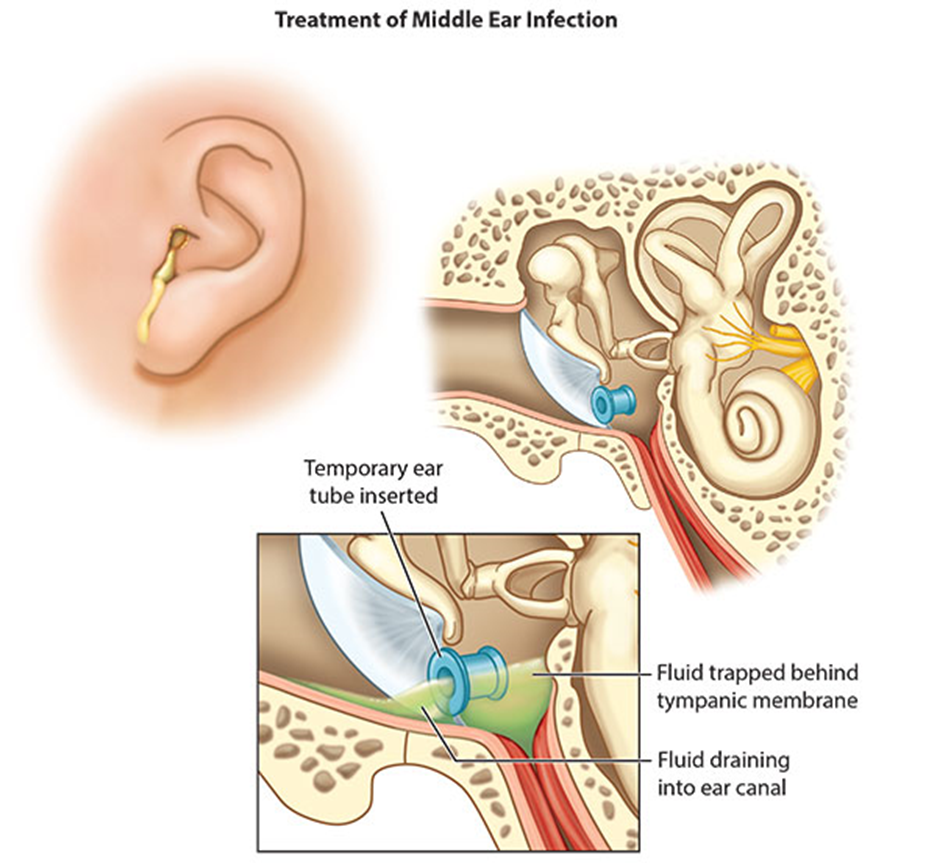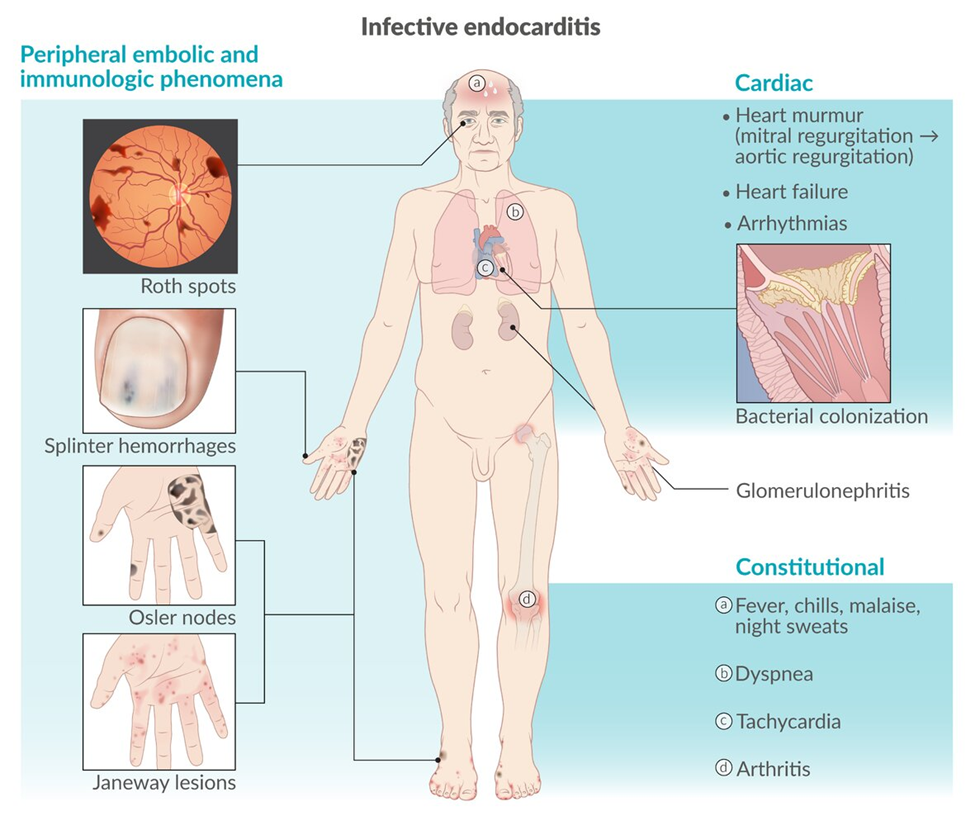A nurse working on an outpatient surgical unit is providing discharge teaching to the parent of a preschooler following placement of tympanoplasty tubes. The parent asks the nurse, "What should I do if the tubes fall out?" Which of the following responses should the nurse make?
"Gently put the tubes back into the child's ears."
"Bring the child to the emergency department immediately."
"Notify the provider that the tubes have fallen out."
"The tubes are sutured in place and must be surgically removed."
The Correct Answer is C
A. "Gently put the tubes back into the child's ears": This is not the correct response. Tympanoplasty tubes are not meant to be reinserted if they fall out. Attempting to reinsert them without proper medical training could cause injury or damage to the child's ears. Therefore, this response should be avoided.
B. "Bring the child to the emergency department immediately": While it's important for the parent to seek medical attention if the tubes fall out, it may not always necessitate a visit to the emergency department, especially if the child is not experiencing any other symptoms. This response might cause unnecessary panic for the parent and may not be the most appropriate course of action.
C. "Notify the provider that the tubes have fallen out": This is the correct response. If the tympanoplasty tubes fall out, the parent should notify the healthcare provider who performed the procedure. The provider can then assess the situation and determine the next steps, which may include scheduling a follow-up appointment to evaluate the child's ears.
D. "The tubes are sutured in place and must be surgically removed": This is incorrect. Tympanoplasty tubes are not sutured in place; they are typically designed to fall out on their own after a certain period of time. Additionally, removal of tympanoplasty tubes usually does not require another surgical procedure.

Nursing Test Bank
Naxlex Comprehensive Predictor Exams
Related Questions
Correct Answer is A
Explanation
A. New heart murmur
This is a common finding in infective endocarditis due to damage to the heart valves caused by the infection. The infection can lead to the development of new heart murmurs or changes in existing ones as the valves become affected.
B. Weight gain
Weight gain is not typically associated with infective endocarditis. In fact, individuals with infective endocarditis may experience weight loss due to symptoms such as fever, loss of appetite, and malaise.
C. Bradycardia
Bradycardia, or a slow heart rate, is not a typical finding in infective endocarditis. In many cases, individuals with infective endocarditis may actually present with tachycardia (rapid heart rate) due to fever and the body's response to infection.
D. Decreased body temperature
Infective endocarditis is often associated with fever, which would lead to an elevated body temperature rather than a decreased one.

Correct Answer is B
Explanation
A. Administer packed red blood cells transfusion (PRBC):
While anemia may also be a concern in leukemia, the primary issue here is thrombocytopenia, not anemia. Administering packed red blood cells transfusion would address anemia, not the low platelet count.
B. Avoid taking rectal temperatures:
This is the correct option. Taking rectal temperatures carries the risk of causing bleeding or trauma, especially in individuals with thrombocytopenia. It is essential to avoid invasive procedures or activities that may increase the risk of bleeding in a patient with a low platelet count.
C. Place child in protective environment precautions:
Protective environment precautions, also known as reverse isolation, are typically implemented for patients who are immunocompromised to protect them from exposure to infectious agents. While patients with leukemia may be immunocompromised, the low platelet count is the primary concern here, not infection risk.
D. Swab the oral cavity with viscous lidocaine:
Swabbing the oral cavity with viscous lidocaine is not indicated for thrombocytopenia. Lidocaine may have local anesthetic properties but does not address the underlying issue of low platelet count.
Whether you are a student looking to ace your exams or a practicing nurse seeking to enhance your expertise , our nursing education contents will empower you with the confidence and competence to make a difference in the lives of patients and become a respected leader in the healthcare field.
Visit Naxlex, invest in your future and unlock endless possibilities with our unparalleled nursing education contents today
Report Wrong Answer on the Current Question
Do you disagree with the answer? If yes, what is your expected answer? Explain.
Kindly be descriptive with the issue you are facing.
